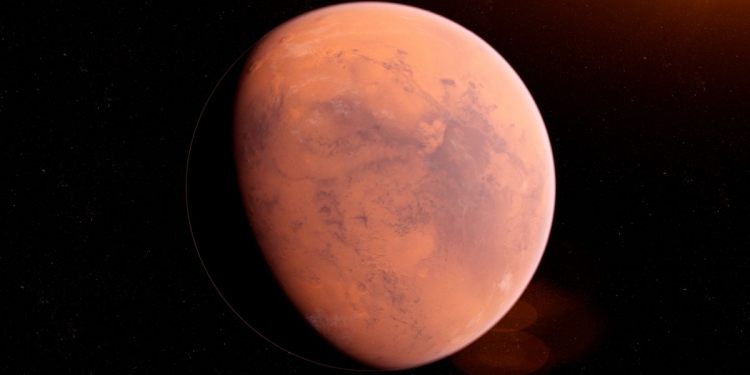In May, China successfully landed on our planetary neighbour Mars, as part of its expedition to learn more about the Red Planet, through its Tianwen-1 spacecraft. Tianwen-1 first left Earth in July of last year, kicking off a 7-month odyssey. The spacecraft landed in Utopia Planitia (a region where Nasa’s 1976 Viking 2 landed as well), before deploying its Zhurong rover.
Its six-wheeled Zhurong rover operating on solar power, has covered 236 metres in 42 Martian days thus far. For context, a Martian day is 39 minutes longer than a 24-hour day on Earth. Zhurong gets its name from a Chinese fire deity, which is rather apt considering Mars is perceived by many as fiery and whose name takes after the Roman god of war.
Zhurong has taken a number of gizmos to carry out its mission, namely two cameras, a Mars Meteorology Monitor, a Magnetic Field Director and a Mars-Rover Subsurface Exploration Radar.
China has uploaded footage of its Martian landing, as seen below.
Zhurong is halfway through its Martian mission, though it would not come as a surprise should 90-day voyage receive an extension. The 240kg robot will gather more information on Martian terrain including weather, geology, topography as well as possible water-ice deposits.
Earlier in 2021, NASA also released a POV video of its Perseverance rover landing in addition to audio of the descent.
Related reading
[ SOURCE, IMAGE SOURCE ]








